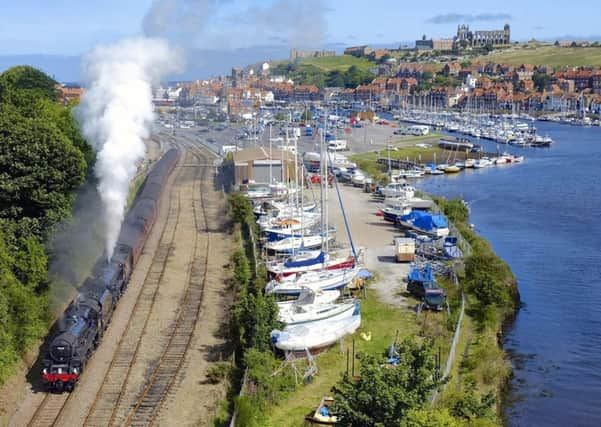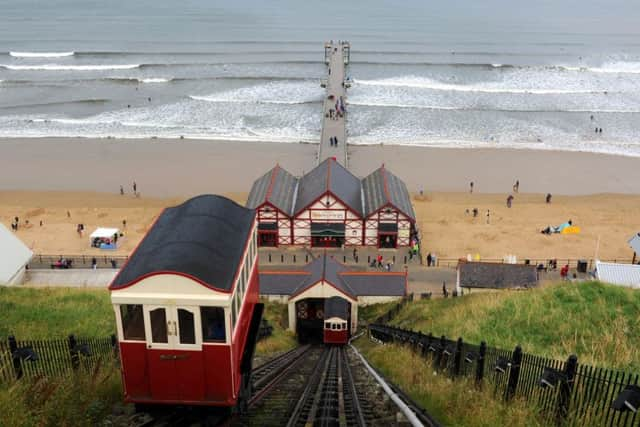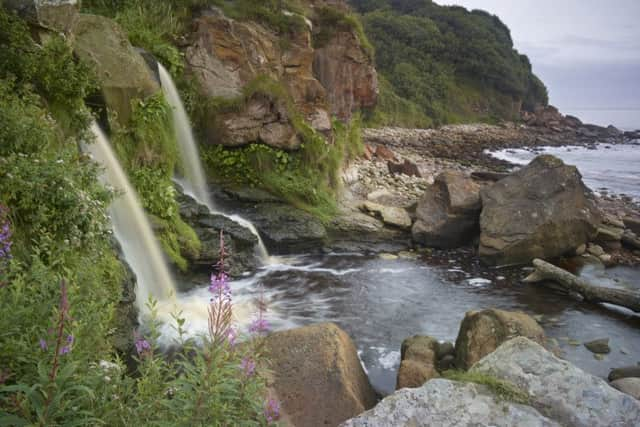The diverse sounds of the Yorkshire coast revealed


The National Trust has teamed up with the British Library for a three-month project to record the sounds of seashores across the county, to build up a sound map of the coastline which will be added to the library’s sound archive.
Almost 400 sounds have already been uploaded by members of the public, and the recordings will be used to create a new piece of music by Sheffield musician, and founding member of the Human League and Heaven 17, Martyn Ware.
Advertisement
Hide AdAdvertisement
Hide AdNow the public can vote on their favourite in an online poll from those already collected, which includes the sounds of ferry rides in the fog over the River Mersey, ghost train rides in Brighton and waves breaking on the beach at Trwyn Llanbedrog, Wales.


The National Trust cares for 11 miles of the Yorkshire coastline, including land at Robin Hood’s Bay, Ravenscar and Saltburn.
For National Trust ranger for the Yorkshire Coast, Zoe Frank, the region’s coastline had varied and exciting sounds to offer.
She said: “There are so many, but my favourites would include Ravenscar, when, as you walk along the clifftops, you can hear the seals on the beach below. It can be quite an eerie sound, almost like barking.”
Advertisement
Hide AdAdvertisement
Hide AdThe “deafening” sounds of kittiwakes during nesting season at Saltburn, and the trickling waterfall at Hayburn Wyke, which runs into the sea just up the coast from Scarborough, also make up some of the “wonderful” natural sounds of the Yorkshire coastline, Ms Frank said.


“But there are also the industrial sounds - like the freight line that skirts the cliff edge at Warsett Hill. If you’re not aware of it, it can be quite unsettling. We have some very peaceful, quiet spots, but there’s also some that are full of noise, like around the fishing boats at Staithes.”
Other industrial stand-out sounds include the steam bus at Whitby, and the coastline’s railway heritage.
Danielle Ramsey, marketing manager of the North Yorkshire Moors Railway said the “lullaby” of the steam trains as they make their way from the market town of Pickering, across the Moors and the national park through to Whitby, was “one of those sounds you won’t find anywhere else.”
Advertisement
Hide AdAdvertisement
Hide Ad“The mixture of the sound of the engines with the waves, and the train tooting as it leaves Whitby for the Moors, is very special,” she said. “There’s a sense of excitement when you hear a steam train, as you go past every bridge there will be people waiting, with their camera phones ready, after hearing it approaching.”


Sounds can still be added to the online map, which will later be used by Mr Ware to create a new piece of music for release in February 2016.
He said the beauty of the diverse sounds submitted so far go towards summing up the “innumerable ways” we value our relationship to the coast.
Mr Ware urged people to “go to the coast, close your eyes and reawaken the most underrated sense of all – hearing – and pay attention to the beauty of your sensory environment and you will be repaid a thousandfold.”
Advertisement
Hide AdAdvertisement
Hide AdThe British Library’s sound archive includes more than 6.5 million sounds, dating back to the birth of recorded sound in the 19th century.
Over 400 sounds uploaded by the public in the Sounds of the Shores project have been whittled down to just ten for public to vote for its favourite - while also adding its own, which will be added to the archive. They can uploaded via the audioBoom website or app.
The British Library’s Cheryl Tipp said: “In just six weeks we’ve had some brilliant recordings which show just how diverse the sounds of the coast really are. The poll will help us identify what people find so special about the coast; what sounds can truly transport them there and are so important to them.”